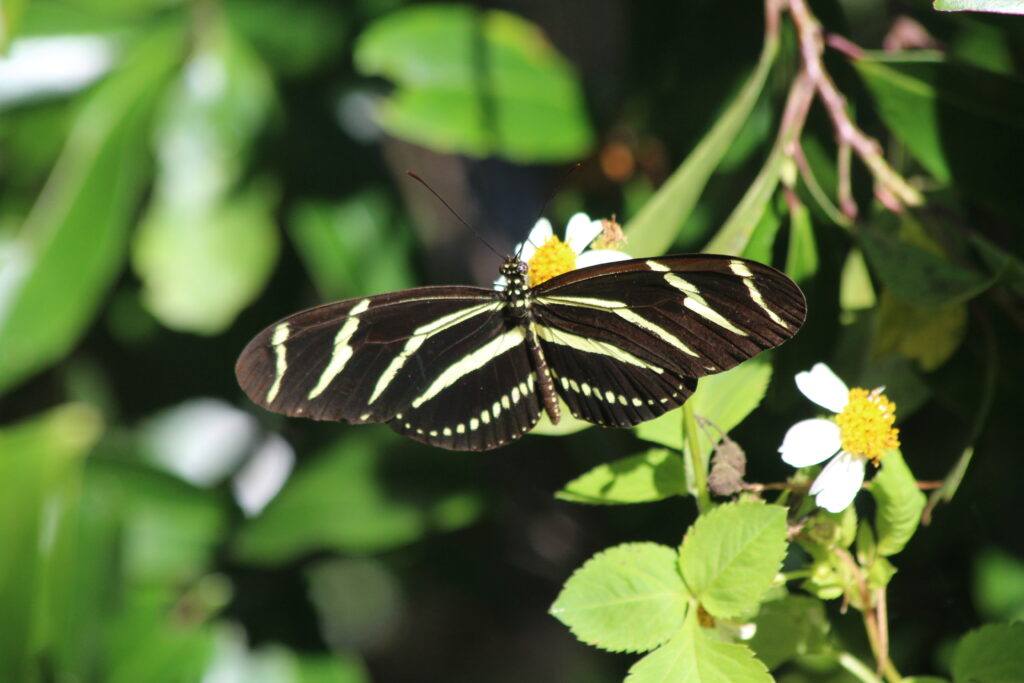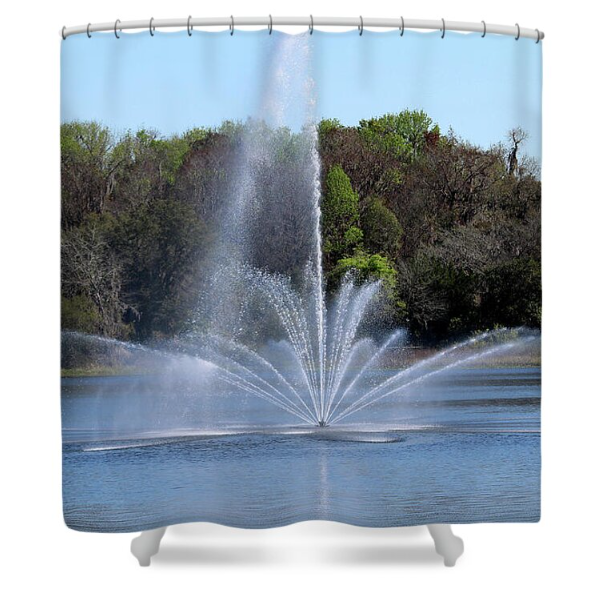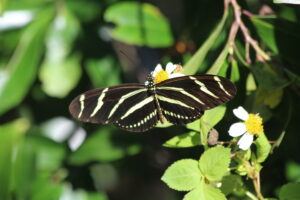
Alligator Lake Park in Lake City, Florida, is a hidden gem for photographers looking to capture the natural beauty and diverse wildlife of the region. This article will hopefully help you plan a successful photoshoot at Alligator Lake Park, including the best time to visit, the ideal equipment to bring, the types of wildlife you might encounter, and practical tips on parking, restrooms, and more.

Check out my line of shower curtains. Shower curtains are made from 100% polyester fabric and include 12 holes at the top of the curtain for simple hanging. Shower curtain rings are not included. The curtain measures 71” wide by 74” tall.
The Best Time to Visit
The best time to visit Alligator Lake Park for a photoshoot is during the early morning or late afternoon. These times provide the best lighting conditions, known as the “golden hours,” when the sun is low in the sky, casting a warm, soft glow on the landscape and wildlife. Additionally, these times are generally cooler and less crowded, making for a more pleasant and productive shooting experience.
Spring and fall are particularly good seasons to visit due to the mild temperatures and increased wildlife activity. During these times, you can expect to see a variety of birds, alligators, and other wildlife, making your photoshoot more dynamic and exciting.
Essential Equipment to Bring
To make the most of your photoshoot at Alligator Lake Park, it’s important to bring the right equipment. Here are some recommendations:
- Camera: A DSLR or mirrorless camera with interchangeable lenses will give you the flexibility to capture different types of shots, from wide landscapes to detailed wildlife portraits.
- Lenses:
- Wide-angle lens: Ideal for capturing expansive landscapes and panoramic views of the lake and surrounding areas.
- Telephoto lens: Essential for photographing wildlife from a distance without disturbing them. A lens with a focal length of 200-400mm is a good choice.
- Macro lens: Great for close-up shots of flowers, insects, and other small details.
- Tripod: A sturdy tripod is crucial for stabilizing your camera, especially when shooting in low light or using a telephoto lens. It also helps with composing your shots and capturing long exposures.
- Filters:
- Polarizing filter: Reduces glare and reflections on the water and enhances the colors of the sky and foliage.
- Neutral density filter: Allows you to take long exposure shots during the day, creating smooth, silky water effects.
- Accessories:
- Extra batteries and memory cards: Ensure you have enough power and storage for a full day of shooting.
- Lens cleaning kit: Keep your lenses free of dust and smudges.
- Weather protection: A rain cover or plastic bag can protect your gear in case of unexpected weather changes.
Wildlife to Watch For
Alligator Lake Park is home to a diverse range of wildlife, providing ample opportunities for nature photography. Here are some of the species you might encounter:
- Birds:
- Herons and Egrets: These elegant wading birds are commonly seen around the lake’s edges, hunting for fish and amphibians.
- Ospreys: Watch for these raptors diving into the water to catch fish.
- Woodpeckers: Listen for the distinctive drumming sounds of woodpeckers in the park’s wooded areas.
- Migratory birds: During certain times of the year, you may spot various migratory species passing through the park.
- Alligators: As the park’s name suggests, alligators are a common sight. Be cautious and maintain a safe distance while photographing these powerful reptiles.
- Turtles: Various species of turtles can be seen basking on logs and rocks around the lake.
- Mammals: Keep an eye out for deer, raccoons, and otters, especially near the water’s edge and in the more secluded areas of the park.
Parking and Accessibility
Alligator Lake Park offers ample parking near the main entrance. The park is generally accessible, with well-maintained trails and boardwalks that provide easy access to prime shooting locations. However, some areas may be uneven or muddy, so wear appropriate footwear and be prepared for varying terrain.
Restrooms and Facilities
The park has restrooms near the main parking area, which are clean and well-maintained. There are also picnic areas and pavilions where you can take a break and enjoy a snack or lunch during your photoshoot.
Safety and Etiquette
- Respect Wildlife: Maintain a safe distance from all wildlife and avoid disturbing their natural behaviors. Use a telephoto lens to get close-up shots without encroaching on their space.
- Stay on Marked Trails: Protect the park’s delicate ecosystems by staying on designated trails and boardwalks. This also helps you avoid potential hazards like alligator nests or unstable ground.
- Pack Out Trash: Keep the park clean by taking all your trash with you. This helps preserve the environment for future visitors and wildlife.
- Be Prepared for the Weather: Florida weather can be unpredictable, so bring sunscreen, insect repellent, and a hat for sun protection. A light rain jacket is also a good idea in case of sudden showers.
Compositional Tips for Stunning Photos
- Rule of Thirds: Use the rule of thirds to create balanced and visually appealing compositions. Place key elements like the horizon, wildlife, or prominent trees along the grid lines or at their intersections.
- Leading Lines: Utilize natural lines, such as trails, boardwalks, or the edges of the lake, to lead the viewer’s eye into the frame and toward your main subject.
- Foreground Interest: Incorporate elements in the foreground to add depth and context to your images. This could be anything from flowers and rocks to reflections in the water.
- Reflections: Take advantage of the lake’s calm waters to capture beautiful reflections of the surrounding trees and sky. Position your camera low to the ground for a more dramatic effect.
- Patience and Persistence: Wildlife photography often requires patience. Spend time observing your surroundings and waiting for the perfect moment to capture animals in action or interesting behaviors.
Final Thoughts
A photoshoot at Alligator Lake Park in Lake City, Florida, offers a rewarding experience for photographers of all levels. With its diverse wildlife, scenic landscapes, and accessible facilities, the park provides numerous opportunities to capture stunning images. By visiting during the golden hours, bringing the right equipment, and following the practical tips outlined in this guide, you’ll be well-prepared to make the most of your photographic adventure at Alligator Lake Park. Happy shooting!
Alligator Lake State Park
420 SE Alligator Glen
Lake City, Florida 32025
Hours:
Monday: Closed
Tuesday-Sunday: 8AM-&PM (Summer)
Tuesday-Sunday: 8 AM-5:30 PM (Winter)
For the latest updates on this park including but not limited to trail closings, hour changes, and special events I have provided a link to the Columbia County Parks and Recreation website below.
Columbia County Parks Official Site
Did you enjoy this post? Do you want to know when the next post comes out? Consider subscribing. I only send update emails once a week, usually on Friday. Try it out. You can unsubscribe at any time.

